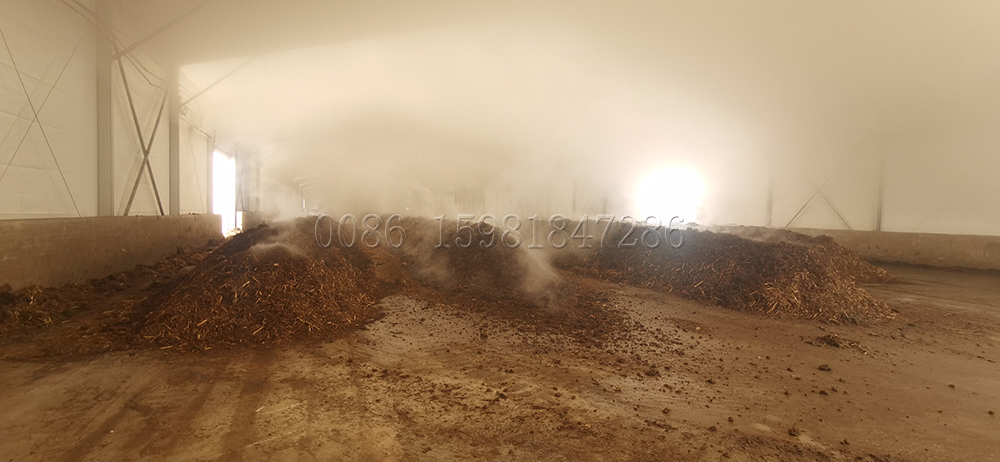How to convert poultry waste to compost?
Gather the poultry waste: Collect the poultry waste, including chicken manure, bedding material, and any other organic materials used in the coop or poultry house. Ensure that the waste is free from contaminants such as feathers, plastic, or non-organic materials.
Choose a composting method: There are several composting methods you can use, depending on the space and resources available to you.
Add carbon-rich materials: Poultry waste is typically high in nitrogen, so it’s important to balance it with carbon-rich materials to promote proper decomposition. Add materials such as dried leaves, straw, shredded newspaper, or wood chips to the poultry waste. Aim for a carbon-to-nitrogen ratio (C:N ratio) of around 30:1 to 40:1 for optimal composting.

Manage moisture levels: Composting requires adequate moisture for the decomposition process. The compost pile or worm bin should be moist, similar to a wrung-out sponge. Regularly monitor the moisture levels and adjust as needed. If it becomes too dry, add water. If it becomes too wet, add more dry carbon materials.
Turn or mix the compost: To speed up the composting process and ensure proper aeration, periodically turn or mix the compost pile by the turner. This helps distribute moisture and oxygen throughout the pile, facilitating decomposition.
Monitor the composting process: Composting usually takes several weeks to several months, depending on the composting method, environmental conditions, and the desired level of maturity. Monitor the compost for temperature, odor, and appearance. The compost pile should heat up during the initial stages of decomposition, indicating that the process is underway.


